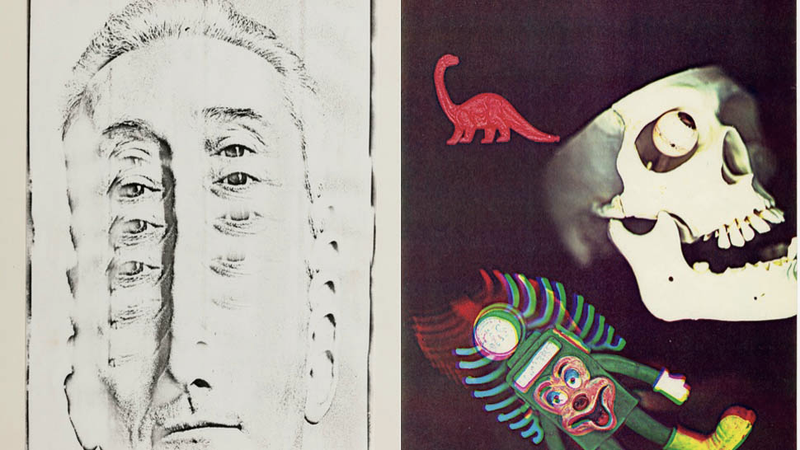
Hectographs: Gelatin, which is secretly made of meat, isn’t just a good dessert food it’s actually a pretty effective medium for making copies. Mimeographing the school paper at a New Mexico high school, 1941. It’s still around, but in very limited uses-these days, people who attempt to buy carbon paper are mocked by confused millennials. Just to give you an idea of how groundbreaking that was, here are just a few examples of the ways that people copied stuff before photocopiers came about:Ĭarbon paper: Invented at the turn of the 19th century, the ink-and-pigment material made it easy to write on more than one sheet of paper at once, which was at one point useful. The market for color copiers struggled until the ‘90s.) Xerox came out with its own rendition, the Xerox 6500, in 1973, and unlike its workhorse copiers of the era, it could only print four pages a minute.

The product required specially-coated paper to allow for the printing of photos. In 1968, 3M beat them to the punch, launching its Color-in-Color device that year. (One area that Xerox does not lay claim to on the invention front is the color photocopier. Attempting to explain this process isn’t easy-just try following along with Carlson’s patent-but the end result made everyone’s lives easier. The technique, which combined electrically-charged ink (or toner), a slight amount of heat, and a photographic process, helped to change the office environment forever. Furthermore, he did it entirely without the help of a favorable scientific climate.” “The result was the biggest thing in imaging since the coming of photography itself. Chet put together a rather odd lot of phenomena, each of which was relatively obscure in itself and none of which had previously been related in anyone’s thinking,” Clark explained. “Xerography had practically no foundation in previous scientific work. An illustration showing the mechanics of a hectograph, which involved gelatin. Clark, an early Xerox employee, noted the factors that made Chester Carlson’s invention of xerography-the process of dry photocopying that gave the company its name-so unique. in the book Copies in Seconds: How a Lone Inventor and an Unknown Company Created the Biggest Communication Breakthrough Since Gutenberg, Harold E. It makes sense that its namesake technology was so popular, because the invention, when it first came about, was truly groundbreaking. And it did it all with a heck of a lot of paper. The ‘zine movement was perhaps at its peak during this time, proving an important way to democratize content for the average person.Īnd around this time, the copier company Xerox was perhaps at the height of its powers both culturally and within the business world as a whole.

We were just a few years from the desktop publishing revolution, which expanded the sheer amount of stuff one could put on a page. In an era where paper is becoming less important than ever, it feels a bit bizarre at this point to go back in time just 35 years ago, when paper was perhaps having its greatest moment of all time. ilovebutter/CC BY 2.0Ī version of this post originally appeared on Tedium , a twice-weekly newsletter that hunts for the end of the long tail.

People have been photocopying their faces since Andy Warhol’s first attempt with Xerox-style photostat machine in 1969.


 0 kommentar(er)
0 kommentar(er)
